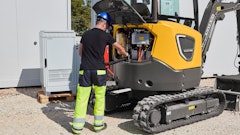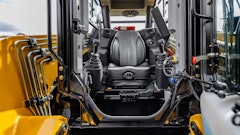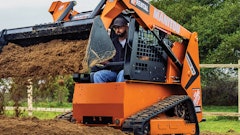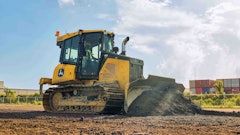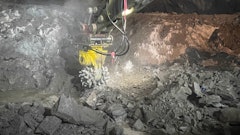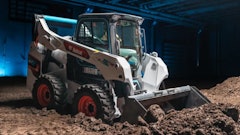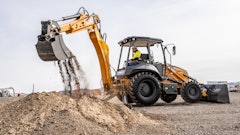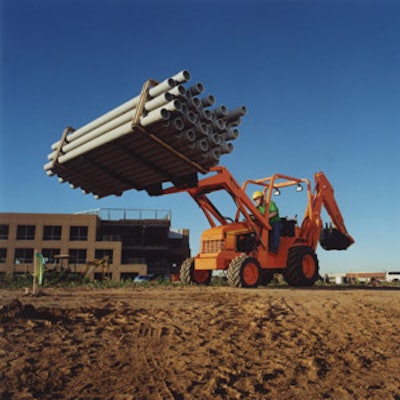
Compact tractor-loader-backhoes (compact TLBs) used to be thought of as toys when compared with the big iron on jobsites of days gone by. Today, however, they are taken more than seriously by seasoned contractors and novice weekend warriors alike, thanks to their size, versatility and light feet on the turf.
Compact TLBs are generally classified as any TLB with a digging depth of 10 feet and under and with less than 35 horsepower. Although there are no SAE guidelines, most manufacturers agree on this.
Weight is another consideration. Most compact TLBs weigh less than 6,000 lbs. and can be towed by a 1/2- to 3/4-ton pickup with an appropriate-sized trailer.
"Heavier machines might require a heavy-duty trailer and a driver with a CDL (commercial driver's license)," says Doug Dahlgren, product manager at Allmand Bros. "This makes it easy for anyone to rent and transport compact TLBs."
Best of both worlds?
Compact TLBs might not be better than skid steers at loading or superior to compact excavators at digging, but when an operator needs to do both, they really shine.
"[Compact TLBs] are dual-purpose machines," says Bill Gearhart, marketing and product manager at Yanmar Construction Equipment. "The backhoe is designed for trenching or deep hole digging and the loader is designed for moving larger amounts of material. In most countries around the world, contractors prefer to use an excavator for digging and a separate wheel loader for material handling. The compact TLB is designed to handle both of those jobs in one machine. This is perfect for jobs where both functions are needed but there is only one machine operator available or when renting or transporting multiple machines to the jobsite is not justified."
Dahlgren adds, "They are ideal anytime it's more cost-effective to rent or own one piece of equipment than two."
Bud Martin, sales manager at Terramite Corp. agrees. "The rubber-tired compact TLB was built as a combination loader and backhoe," he says. "It combined both the loader and backhoe into one versatile piece of machinery. The skid steers were built as a loader and to function as a backhoe you must replace the bucket with a backhoe attachment. This adds time and money. The excavator is just that, an excavator. It does not have the ability to carry and place materials. The drive system, braking and steering of the compact TLB is less prone to damage turf or sidewalks."
Compact TLB advantages
Versatility, ease of use and the ability to be easy on the turf top the list of reasons why compact TLBs excel on the jobsite.
"A backhoe can do less damage to ground or turf than a skid steer or track loader since skid steers and track loaders skid the tires or track on one side to turn," says Gearhart, adding, "The operator can quickly and easily switch between the backhoe and the loader function. Skid steers do have backhoe attachments available but the loader bucket must be removed and the backhoe installed, which takes extra time to switch back and forth. A TLB could be seen as safer to mount and dismount than a skid steer/track loader (where the operator must climb over the bucket to enter the operator's area)."
He adds, "One major advantage of a compact TLB over an excavator is the compact TLB can move material over a distance much faster than an excavator. An excavator bucket is much smaller than a compact TLB loader bucket and the compact TLB can travel many times faster."
Keith Rohrbacker, construction equipment product manager at Kubota Tractor Corp., notes that compact TLBs offer another advantage to contractors just starting out. "They can't afford the latest and greatest machines, and generally start out with a used compact TLB," he notes. "It can do all of the tasks associated with specialty machines, but with a much lower initial investment. As time goes on and profits increase, then newer and/or more specialized machines can be added to the company."
Ease of use
"For the average homeowner or do-it-yourselfer, the compact TLB's resemblance to a garden tractor makes it very simple to use and not as intimidating as some other types of machinery," says Martin at Terramite.
That being said, Gearhart at Yanmar notes that compact TLBs make up for in versatility what they lack in sheer performance.
"A compact TLB, like many multipurpose tools, may not perform any of its functions quite as efficiently as a single-purpose machine. The backhoe on a TLB is usually not quite as fast or productive at digging as an excavator. A compact TLB is not as easy to place or reposition as an excavator. The loader function of a compact TLB is usually not as productive as a wheel loader or skid steer because with the backhoe mounted on the rear, the compact TLB is not as maneuverable as either."
Still, compact TLBs are designed for the weekend warriors, and so are intended to be simple and safe to operate. "Most compact TLBs' operating speeds are directly proportional to the engine RPM. For a novice operator, the engine can be operated at a slower speed, providing slower loader and backhoe operation," Dahlgren explains. "As operators get more experienced, they increase the engine RPM, which increases speed and productivity."
In addition to user-friendliness, compact TLBs are easy to maintain. "Compact TLBs are simplistic in design," says Martin. "They do not have the sophisticated controls, transmissions and undercarriages [that other types of equipment have], which can be more expensive to maintain or repair. Normal service is all that's required to keep them going."
The price of a compact TLB is similar to that of an excavator with a comparable digging depth. Operating costs are about the same as well, according to Gearhart at Yanmar. Because of their versatility, however, they can command higher utilization rates and therefore, better return on investment.
Why should you buy one?
Compact TLBs can boast simple, easy operation, low cost and versatility among their virtues. When all is said and done, however, one need only to remember why these machines were invented in the first place to justify their place in a rental inventory. "The first compact TLBs were designed to replace or supplement hand work," says Martin. "They really replaced the pick, shovel and wheelbarrow. In today's world, lot sizes are smaller and buildings are placed closer than before. Space is shrinking. That's why there are more applications than ever for the compact TLB."
Of course, there's a place for all types of compact equipment in most rental fleets. "I believe that rental stores should invest in compact TLBs as well as other types of equipment," says Gearhart. "There is not one best answer for all the jobs these machines can do. Rental of compact TLBs, excavators, wheel loaders and skid steers can fill in the gaps in a contractor's machinery lineup for special jobs, extra busy times or maybe their main source of equipment. If I managed a rental establishment, I would not want to limit my flexibility by choosing only one type of machine."
Rohrbacker at Kubota points out, "Compact TLBs are lightweight, turf friendly and easily transported from one job to another. Their compact size allows access where larger machines can't fit, reducing the need for manual labor. The loader has plenty of digging power and the machines are good at load-and-carry work. The backhoe digging power and depth meet most requirements, and compact TLBs are economical on fuel."
Perhaps the best and simplest reason for owning and using a compact TLB is that it does what human hands cannot. As Dahlgren at Allmand says, "It beats the heck out of a shovel."

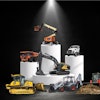

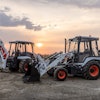
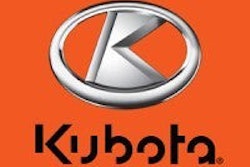
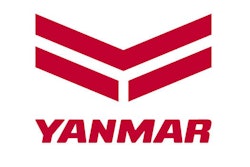
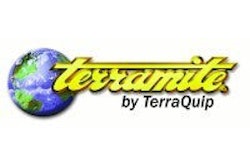

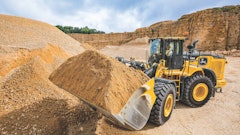
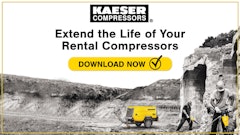

![Renegade 3[1]](https://img.forconstructionpros.com/mindful/acbm/workspaces/default/uploads/2025/07/renegade-31.F6zKAsOB3b.jpg?ar=16%3A9&auto=format%2Ccompress&fit=crop&h=135&q=70&w=240)


